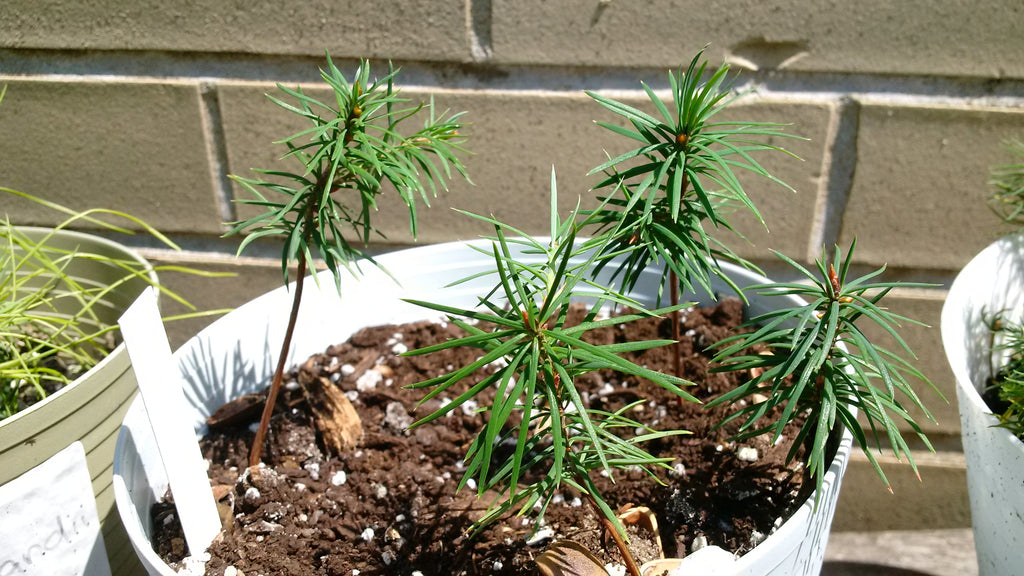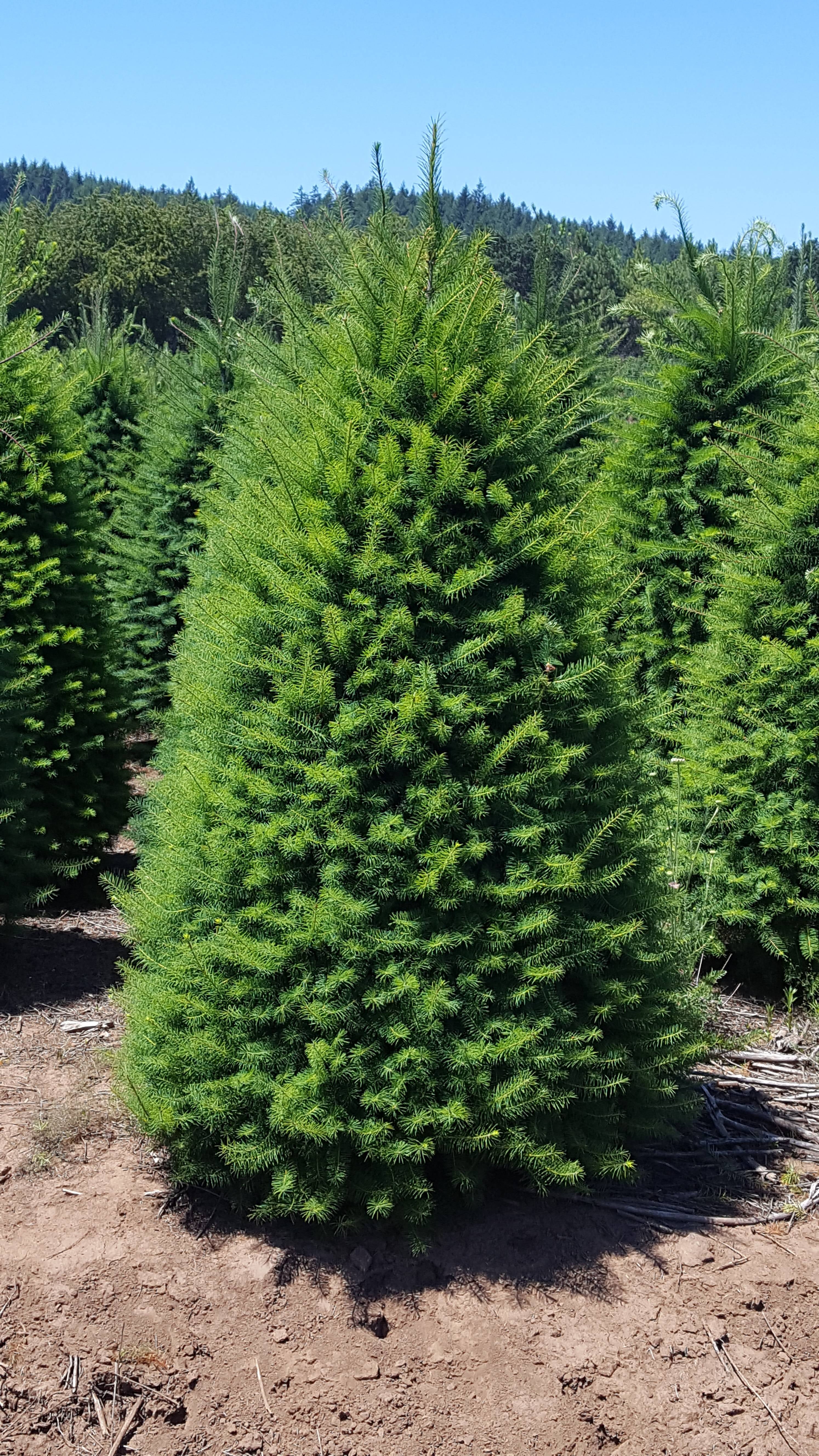
The previously stable microclimate below the organic layer becomes subject to large temperature, moisture, and nutrient fluctuations.Ĭhanges in microsite lead to changes in microbial populations as well. When the forest floor is exposed through harvesting, there is a sharp increase in solar radiation and a concomitant reduction of transpiration. Of these five, organic matter is the most influential, since it represents a major component of soil moisture storage (Brady 1974).

Available soil moisture is influenced by soil temperature, moisture content, particle size distribution, evaporative losses, and organic matter content (Cleary 1970). Dead plant materials tie up, then gradually release upon decay, substantial quantities of nutrients and tend to retain more available moisture. Residual harvesting debris has many physical and chemical properties that make it important to biological processes (Harvey and others 1987).

Site preparation techniques that mound the topsoil and organic horizons together have helped achieve greater conifer survival and growth rates in several instances (Page-Dumroese and others 1987 Shoulders and Terry 1978). In the steep, mountainous regions of the Inland Northwest, this loss is often accelerated by erosion and leaching after slash piling, burning, and organic matter removal (Clayton and Kennedy 1985). Nutrient deficiencies induced by organic matter removal have been blamed for poor yields and plantation failures on numerous sites (Burger and Kluender 1982 Pritchett 1981 Woods 1981). Nutrient loss is greatest when intensive site preparation or utilization is involved (Jurgensen and others 1990 Leaf 1979). Timber harvesting, site preparation, and slash disposal systems can reduce the nutrient capital of forested ecosystems (Clayton and Kennedy 1985). These microbes can be beneficial or deleterious to tree survival and growth (Harvey 1982). Organic matter also provides a favorable microsite for many microbes in the rhizosphere. Soil, wood, litter, duff, and humus govern the quality of many forest sites in the Inland Northwest because they are an important source of moisture-holding capacity and nutrient storage, which are essential for seedling survival (Harvey and others 1976). Douglas-fir can be considered an especially sensitive species in this regard (Graham and others 1989). On sites where large amounts of top-soil and organic matter have been removed during the harvest/site preparation sequence, initial tree growth and survival is reduced and continues to be depressed throughout the rotation (Glass 1976 Pehl and Bailey 1978). Planting success in the Intermountain West is hampered by low soil moisture and nutrient stress (Duryea and Lavender 1982). Seed that produces superior survival and early growth is a key factor in supplying quality Douglas-fir wood to meet an increased demand for future timber-based products. glauca Franco) usually depends on site manipulation and planting to achieve fully stocked stands. Regeneration of Douglas-fir ( Pseudotsuga menziesii var. This total may be off by a factor of 10 or 100 or even 1,000: The point is that a single Douglas-fir produces a great many seeds during its life.SOLO HOME > RESEARCH PUBLICATIONS SOIL ORGANIC MATTER EFFECTS ON DOUGLAS-FIR GROWTH IN NORTHERN IDAHO SOILS That's 100,000 seeds per tree, 100 times during the tree's life.

For the sake of estimating, let's assume that they last 500 years. For the purpose of estimating, let's assume a tree has 1,000 cones once every 5 years and zero cones in all other years.ĭouglas-firs can live to 1,000 years or more. A Douglas-fir is highly productive (a "mast" year) only once every 5-to-7 years, with a cycle of moderate or even no cone production in between. Let's round down to 1,000 cones per tree.ĭouglas-firs, like many other Pacific NW conifers, go through cycles of cone productivity. It can be well into the thousands, and probably well into the ten thousands. I've looked at Douglas-firs in the summer and tried to estimate how many cones are on each tree. Behind each cone scale are 2 seeds, so we'll estimate 100 seeds per cone. On the cone in the photo above, I tried to count the number of cone scales. In a steady-state environment, out of all the seeds that a single Douglas-fir tree produces in its lifetime, how many will grow into another mature Douglas-fir tree?įirst, let's estimate how many seeds we're talking about.


 0 kommentar(er)
0 kommentar(er)
